Throughout the world, there are certain places that are considered difficult to access or even off-limits to the general public. These places can be shrouded in mystery, surrounded by natural barriers, or heavily guarded due to their cultural or historical significance. From top-secret military installations to exclusive private clubs, the difficulty of getting into these places only adds to their allure and intrigue. Here are the 10 most difficult places to get into in the world, each with its own unique story and level of exclusivity.
Delving beyond the familiar confines of normal paths, we have a journey filled with hard traversable, or none space that captures the essence of what drives the human mind and spirit to strive for the unknown. Welcome to an article that will captivate you as the reader into the expedition into the extraordinary.
#1. AREA 51
Located 85 miles north of Las Vegas, Nevada, Area 51 is one of the most unknown and mysterious travel destinations on Earth. This military base, allegedly involved in extraterrestrial technology, has established itself as a place highly inaccessible for an average citizen. It is highly classified. Outsiders encounter intimidating and heavily armed guards with impenetrable fences, surveillance cameras, and motion detectors, making entry virtually impossible to enter. Area 51 is also not included on the official map; doing that just makes it all the more mysterious and interesting for people to want to break in and find what is inside it.
However, an interesting fact that many people may not know is that the name “Area 51” was not officially used until the 1950s. The area was originally called “Paradise Ranch” and was used as a testing ground for the U-2 spy plane during the Cold War. The name “Area 51” was adopted as a designation for the facility on maps and documents, and it has since become synonymous with secrecy and intrigue. Despite its notoriety, the true purpose and activities of Area 51 remain highly classified and shrouded in mystery.
#2. The Mariana Trench
The Mariana Trench is the deepest part of the world’s oceans, located in the Western Pacific Ocean. It is considered one of the most difficult places to access due to its extreme depth of approximately 36,000 feet, and it is being in the middle of the whole ocean making it super difficult to get into. The crushing pressures and darkness at definitely such depths pose significant challenges for humans and the technology that we have.
Traditional submarines really are unable to withstand this place’s immense pressure, while remote-operated vehicles must be specifically designed to function in these harsh conditions that will allow the device to enter; though that is inaccessible to normal citizens-hence making it a place that is a place that is difficult to go into.
While many people may know that it is the deepest point on Earth, a little-known fact is that the trench was actually named after the Mariana Islands, which are located nearby. The islands were named in honor of Queen Mariana of Austria, the wife of King Philip IV of Spain, by a Spanish explorer who discovered them in 1668. The Mariana Trench itself was not discovered until 1875 when a British survey vessel was mapping the ocean floor in the region.
The deepest point of the trench, known as the Challenger Deep, is over 36,000 feet deep and has only been visited by a handful of human-occupied vessels. Despite its extreme depth and harsh environment, the Mariana Trench is home to a variety of unique and fascinating deep-sea creatures, including giant squids, amphipods, and sea cucumbers.
#3. England’s Gold Vault
England’s Gold Vault, located beneath the Bank of England in London, is one of the most secure places in the world. Though this place is an area that is expected to be very defended since it is a Gold vault, no matter who you are you will really have the hardest time getting into the insides or even just the place. It is located beneath the bank’s headquarters in London and is one of the most secure and challenging places to access in the world.
Holding approximately 400,000 gold bars worth over $248 billion. It is hard to access not because of its physical placement but because it also has multiple layers of physical barriers, advanced surveillance technology, access control systems, and 24/7 armed guards. Not only is admission strictly limited to authorized personnel, but multiple authentication steps, including voice recognition and complex biometrics, are required to unlock the massive 3.3-ton doors guarding the vault.
While many people may know that it holds a significant amount of the country’s gold reserves, an interesting fact that few may be aware of is that the vault itself is actually owned by the Queen. The Bank of England acts as a custodian of the gold on behalf of the UK Treasury, but the vaults themselves are considered to be part of the Royal Palace of Westminster.
In fact, when the Queen visits the vault, she is given a special demonstration and allowed to touch the gold bars, a privilege that is not extended to anyone else. The vaults themselves are secured with multiple layers of security, including blast-proof doors, fingerprint scanners, and a maze of corridors designed to deter intruders. While the exact amount of gold held in the vaults is a closely guarded secret, it is believed to be worth billions of pounds.
#4. Norfolk Island
Norfolk Island is a small island located in the South Pacific Ocean, known for its beautiful beaches and historic sites. This Island is an isolated Australian territory in the South Pacific Ocean, that has a very unique and hard-way place for travelers. Besides, the island’s small size, rustic infrastructure, and strict biosecurity measures really add layers of difficulty to the journey. Traveling to the island alone requires so much advanced and careful planning and often entails substantial expenses and time commitments, making it one of the world’s most difficult places to reach. Its remote location, far from major transport hubs, means very particularly limited means of access, with infrequent flights from only a few cities in Australia and New Zealand.
An interesting fact that few people may be aware of is that the island has its own unique language, called Norfuk. This language developed over time as a combination of English and Tahitian, spoken by the descendants of the island’s original settlers, who were a mix of British sailors and Tahitian women. Norfuk is a distinct language, with its own grammar, vocabulary, and pronunciation. It is still spoken by many of the island’s inhabitants, and efforts are being made to preserve and promote the language, including the establishment of a Norfuk Language Centre.
The island is also home to the Norfolk Island pine, a tall evergreen tree that is considered a symbol of the island and is commonly used in Christmas decorations. The tree is not actually native to Norfolk Island, but was brought there from New Caledonia in the late 18th century.
You May Also Like These
#5 Okunoshima
Okunoshima is a small island located in the Seto Inland Sea of Japan, and it has a unique history that few people may know about. During World War II, the island was used as a top-secret location for the production of chemical weapons. Rabbits were brought to the island to test the effects of the poison gas, and they were kept in cages and used as test subjects. After the war, the rabbits were set free and the island became a popular tourist destination. Today, the island is known as “Rabbit Island” due to its large population of friendly, wild rabbits that roam freely around the island. Visitors can feed and interact with the rabbits, and there are even accommodations available for those who want to stay overnight. The island has become a popular destination for animal lovers and tourists seeking a unique and unusual experience.
Furthermore, the infrequent ferry schedules, combined with intricate train connections from particularly major cities like Tokyo or Osaka, make planning a visit to Okunoshima a logistical puzzle. Despite its charm and unique appeal, reaching Okunoshima remains a challenge for many travelers. With no direct flights to the island and limited transportation options, tourists must embark on a multi-step journey that entails a ferry ride from either Tadanoumi station or Omishima.
While Okunoshima is a popular tourist destination today, it was actually off-limits to the general public for many years. After the end of World War II, the island remained under the control of the Japanese military and was used for various purposes, including as a training ground for soldiers and a storage site for munitions. The true extent of the military’s activities on the island was kept secret, and access to the island was heavily restricted. It wasn’t until the 1980s that the island was opened to the public, and even then, visitors were not allowed to stay overnight on the island. In recent years, restrictions have been lifted, and it is now possible to stay overnight on the island and explore its many attractions. However, the island’s mysterious past and its association with the production of chemical weapons continue to intrigue and fascinate visitors from around the world.
#6. The Tiger Nest
Tiger’s Nest, also known as Paro Taktsang, is a sacred Buddhist site located in the Paro Valley of Bhutan. While it is a popular destination for tourists and pilgrims alike, there are still some mysterious facts that few people may know about the site.
It is still not known by many that the monastery was built in the 17th century in a location that was considered to be impossible to reach. According to legend, Guru Rinpoche, an important figure in Bhutanese Buddhism, flew to the site on the back of a tiger and meditated there for several years. The monastery was later built in the same spot.
Another mysterious fact is that the monastery is built around a cave where Guru Rinpoche is said to have meditated. Inside the cave, there is a rock with the imprint of Guru Rinpoche’s body, which is considered to be a sacred relic. Despite its significance, the cave is only open to a select few individuals, and it is said that those who are not spiritually prepared may experience physical discomfort or even harm if they enter.
However, it is said that there is a hidden underground passage that connects Tiger’s Nest to other monasteries in the region. The exact location and purpose of this passage are unknown, but it is believed to have been used in the past for religious and military purposes.
The journey to this sacred site is physically demanding and visitors must undertake a strenuous trek over steep hills and narrow paths for approximately 4-6 hours to reach the sacred site. It is also a remote location, combined with Bhutan’s restrictive tourism policies and unpredictable weather conditions, making Tiger’s Nest incredibly difficult to access.
#7. The Wave in Arizona
The Wave, a breathtaking and unique geological formation located in Arizona, presents a challenging journey for avid explorers. Tucked away in the remote desert landscape of the Paria Canyon-Vermilion Cliffs Wilderness, its otherworldly contours and vibrant color palette have contributed to its increasing popularity.
It is said that the Wave was formed by a combination of wind and water erosion over millions of years. The layers of sandstone that make up the formation were originally deposited by ancient oceans and then sculpted by the forces of nature into the unique and intricate shapes that we see today.
If believed, the Wave is a fragile and delicate formation that is easily damaged by human activity. To protect the site, only a limited number of permits are issued each day for visitors to hike to The Wave, and hikers are required to stay on designated trails and avoid touching or disturbing the rocks.
In addition to the challenging hike, access to The Wave is limited in order to protect the fragile ecosystem and preserve the natural beauty of the area. Only a limited number of permits are issued each day, and these permits are in high demand, often requiring advanced planning and booking.
Furthermore, the area can be extremely hot and dry, particularly during the summer months when temperatures can reach over 100 degrees Fahrenheit. Visitors must be prepared with plenty of water, sunscreen, and appropriate hiking gear to make the journey safely.
Despite the challenges, many people consider the trip to The Wave to be a once-in-a-lifetime experience, as the stunning beauty and unique geology of the area are unlike anything else in the world.
#8. Ciudad Perdida, Colombia.
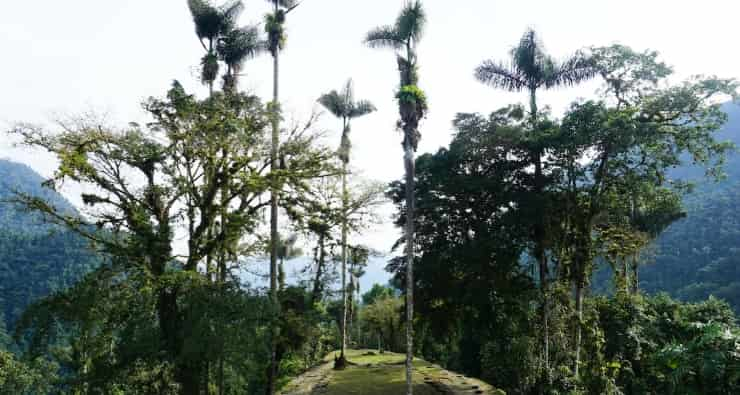 The mysterious Ciudad Perdida, often known as the Lost City is in the heart of Colombia’s Sierra Nevada de Santa Marta Mountain range (well that is very awful to say and even just type; moving on) it attracts the curious traveler with its aura historic grandeur. Though it takes a multi-day, physically taxing trip through the rainforests, where soaring heat and suffocating humidity only make the work harder, it is rare to reach this remote archaeological place. The journey to Ciudad Perdida is littered with insane inclines, rocky trails, and unstable bridges that can be overlooked due to the turbulent rivers, all the while making the whole thing far from being convenient.
The mysterious Ciudad Perdida, often known as the Lost City is in the heart of Colombia’s Sierra Nevada de Santa Marta Mountain range (well that is very awful to say and even just type; moving on) it attracts the curious traveler with its aura historic grandeur. Though it takes a multi-day, physically taxing trip through the rainforests, where soaring heat and suffocating humidity only make the work harder, it is rare to reach this remote archaeological place. The journey to Ciudad Perdida is littered with insane inclines, rocky trails, and unstable bridges that can be overlooked due to the turbulent rivers, all the while making the whole thing far from being convenient.
#9. Chile’s Easter Island
Easter Island, also known as Rapa Nui, is a small and remote island located in the southeastern Pacific Ocean, and while it is famous for its iconic stone statues called Moai, there are many interesting facts about the island that few people may know.
One of these facts is that the island’s inhabitants, the Rapa Nui people, were skilled navigators who traveled great distances by sea. Despite being located over 2,000 miles from the nearest continent, they were able to develop a complex society and culture that included agriculture, fishing, and impressive stone masonry.
Another interesting fact is that the Moai statues, which are among the most recognizable symbols of Easter Island, were actually carved from a single quarry located on the island. The statues range in size from a few feet tall to over 30 feet tall and were transported across the island using a system of ropes and logs.
It is worth noting that Easter Island is a UNESCO World Heritage site and a protected area, which means that there are restrictions on tourism and development in order to preserve the island’s natural and cultural heritage. Visitors to the island are required to obtain a permit and must follow strict guidelines for exploring the area in order to protect the fragile ecosystem and prevent damage to the island’s archaeological sites.
Chile’s Easter Island is the mystical home to the cool-looking Moai statues. As cool as what the island offers; it does however present an alluring challenge to travelers seeking a truly unique experience. Tucked all the way in the southeastern Pacific Ocean, more than 2,000 miles from the Chilean mainland, the island’s seclusion or being a remote land adds to the challenge of getting there. First, the adventurers must find a way to get on transport especially going to a place that has limited transportation options, and not only that they are also very pricey when it comes to flights; making it a treasured rarity on the bucket lists of avid adventurers.
You May Also Like These
#10. Door to Hell in Turkmenistan
The Door to Hell, also known as the Darvaza gas crater, is a mysterious and fascinating natural wonder located in the Karakum Desert in Turkmenistan. While many people know about its fiery spectacle, there are some interesting facts about the Door to Hell that few people may know.
One of these facts is that the crater was created by accident in 1971, when a drilling rig collapsed into an underground cavern, releasing a large amount of natural gas. In an effort to prevent the spread of poisonous gas, Soviet scientists set fire to the gas in the cavern, hoping that it would burn off in a few weeks. Instead, the fire has been burning for over 50 years, creating a glowing pit of flames that can be seen for miles.
Another interesting fact is that the Door to Hell has become a popular destination for adventurous travelers and scientists alike. Despite the extreme heat and dangerous conditions, visitors can approach the edge of the crater and witness the fiery inferno up close. In recent years, scientists have also studied the area in order to better understand the geological and environmental impacts of the burning gas.
However, it is worth noting that the Door to Hell is a unique and awe-inspiring example of the power of nature, and it serves as a reminder of the potential consequences of human activities such as drilling and mining. The site is a testament to the resilience of the natural world and a warning about the importance of responsible stewardship of the earth’s resources.
Final words
The world is full of amazing and awe-inspiring places that are not easily accessible to the average traveler. From remote islands and rugged mountains to hidden archaeological sites and mysterious geological wonders, these places often require a great deal of effort, planning, and perseverance to reach.
However, for those who are willing to make the journey, the rewards can be truly incredible. These places offer a glimpse into some of the most unique and beautiful landscapes on earth, as well as the opportunity to connect with different cultures and histories.
Whether it is hiking through the rugged terrain of The Wave in Arizona, or braving the extreme heat of the Door to Hell in Turkmenistan, these 10 most difficult places to get into in the world are a testament to the power of nature, the resilience of the human spirit, and the importance of preserving the world’s natural and cultural heritage for generations to come.

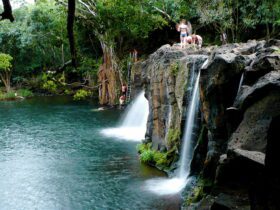
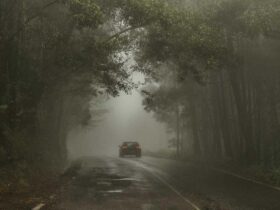




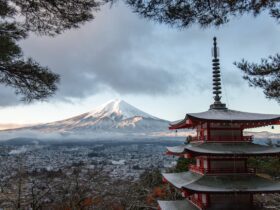


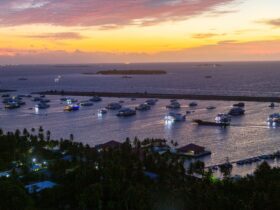

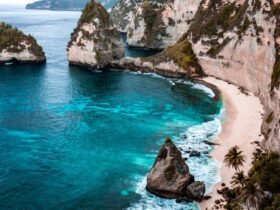


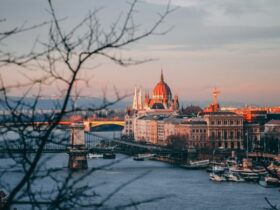








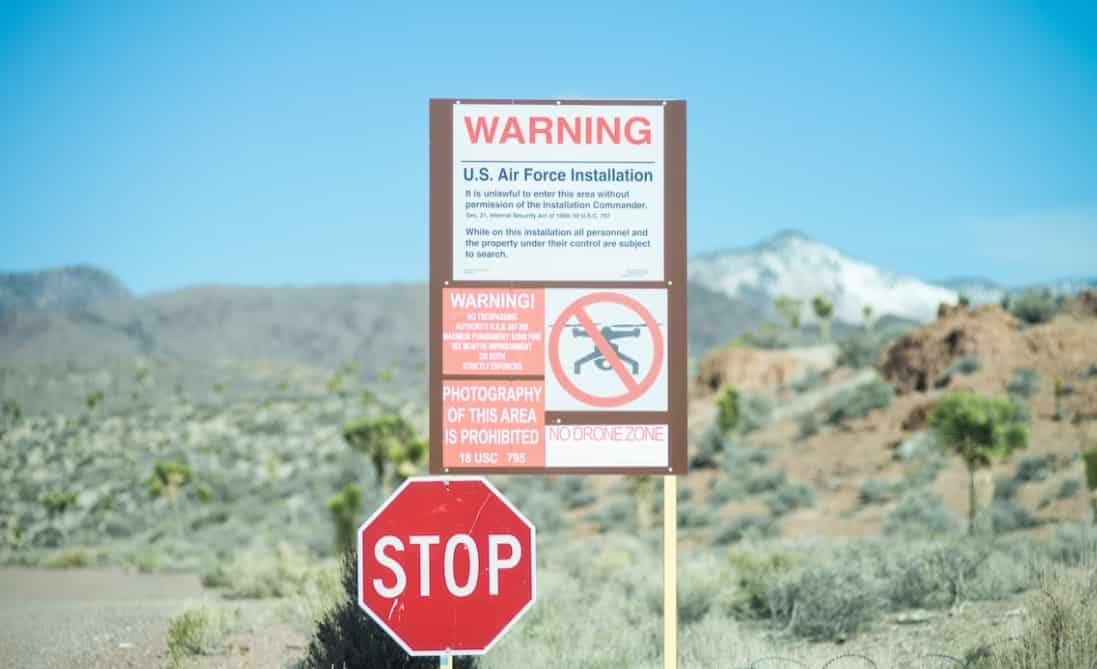
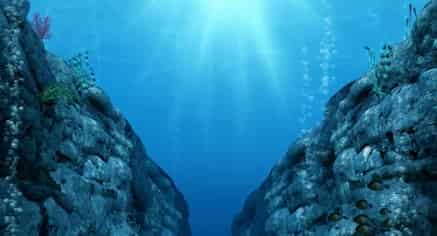

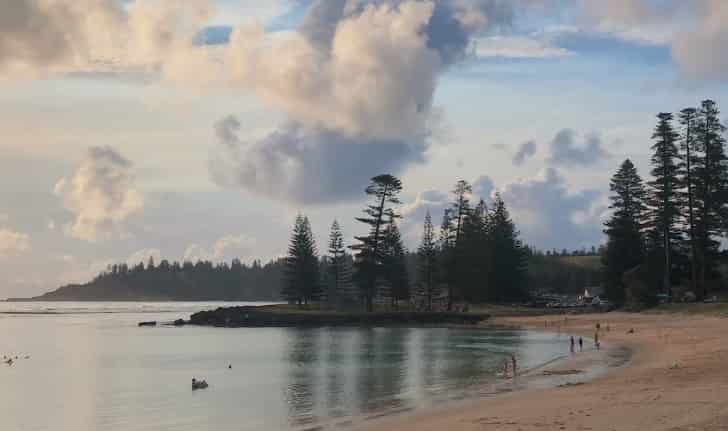
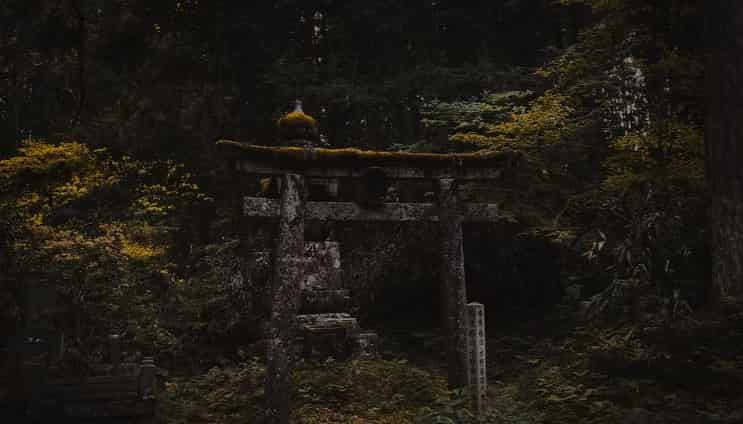
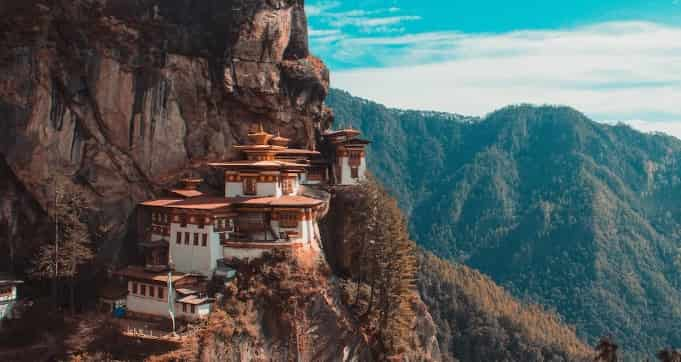
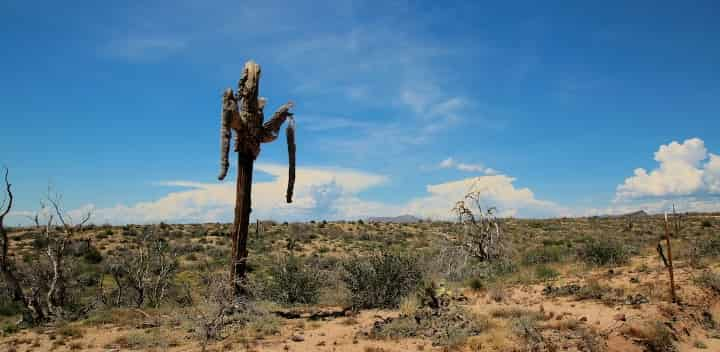
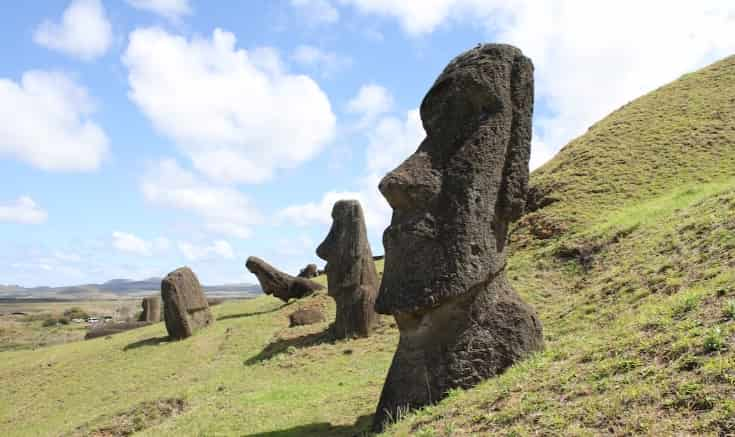

Leave a Reply
View Comments